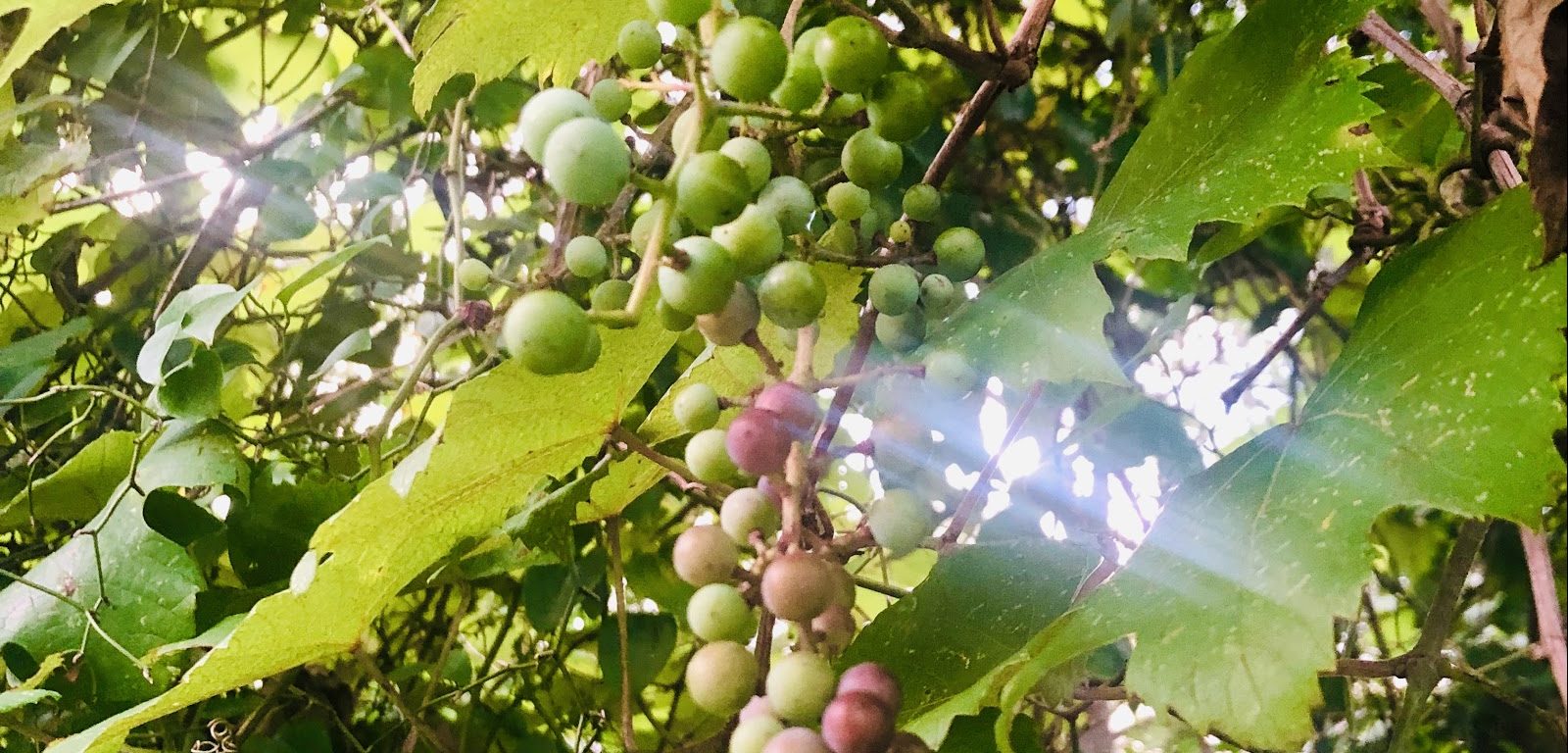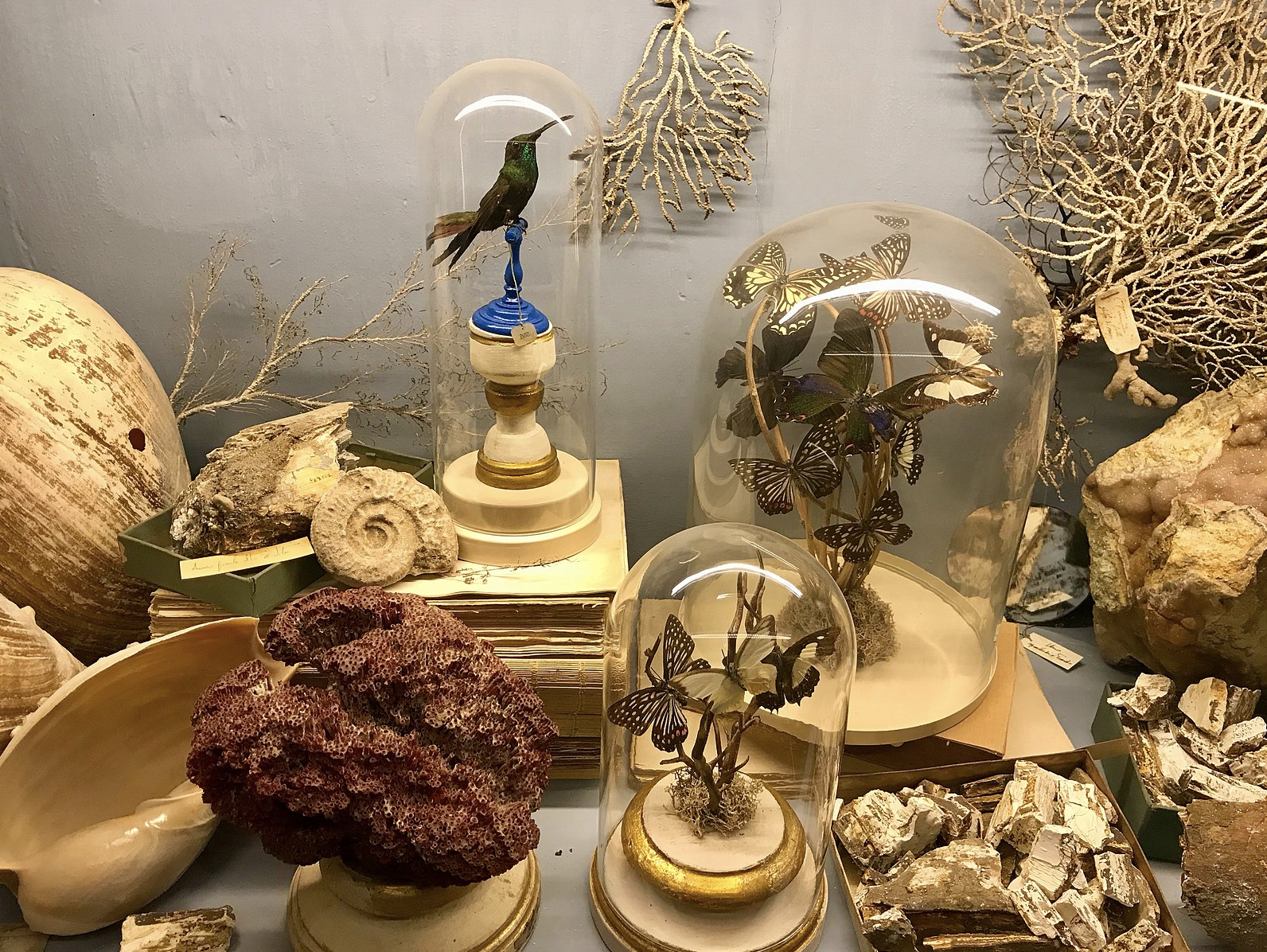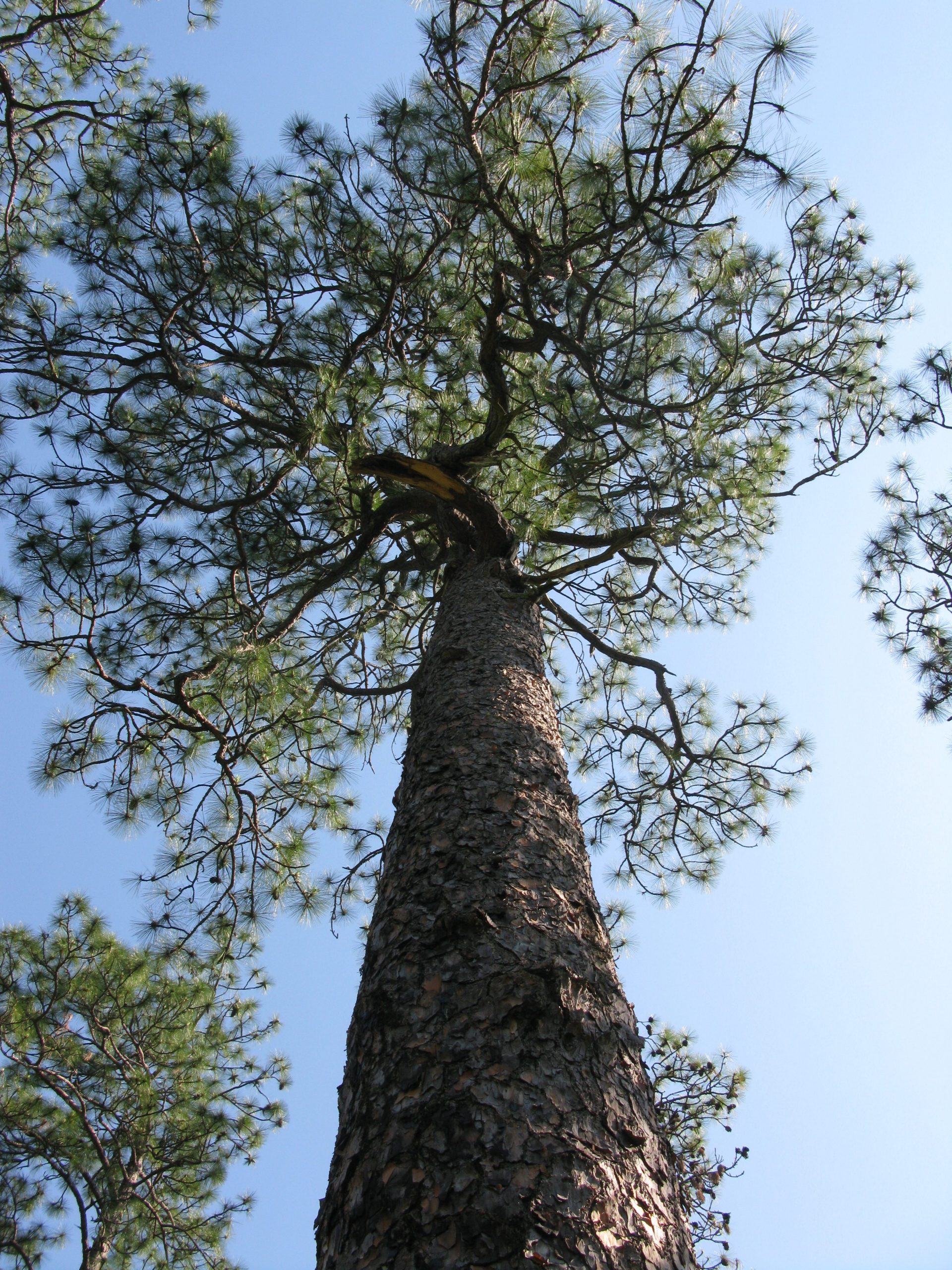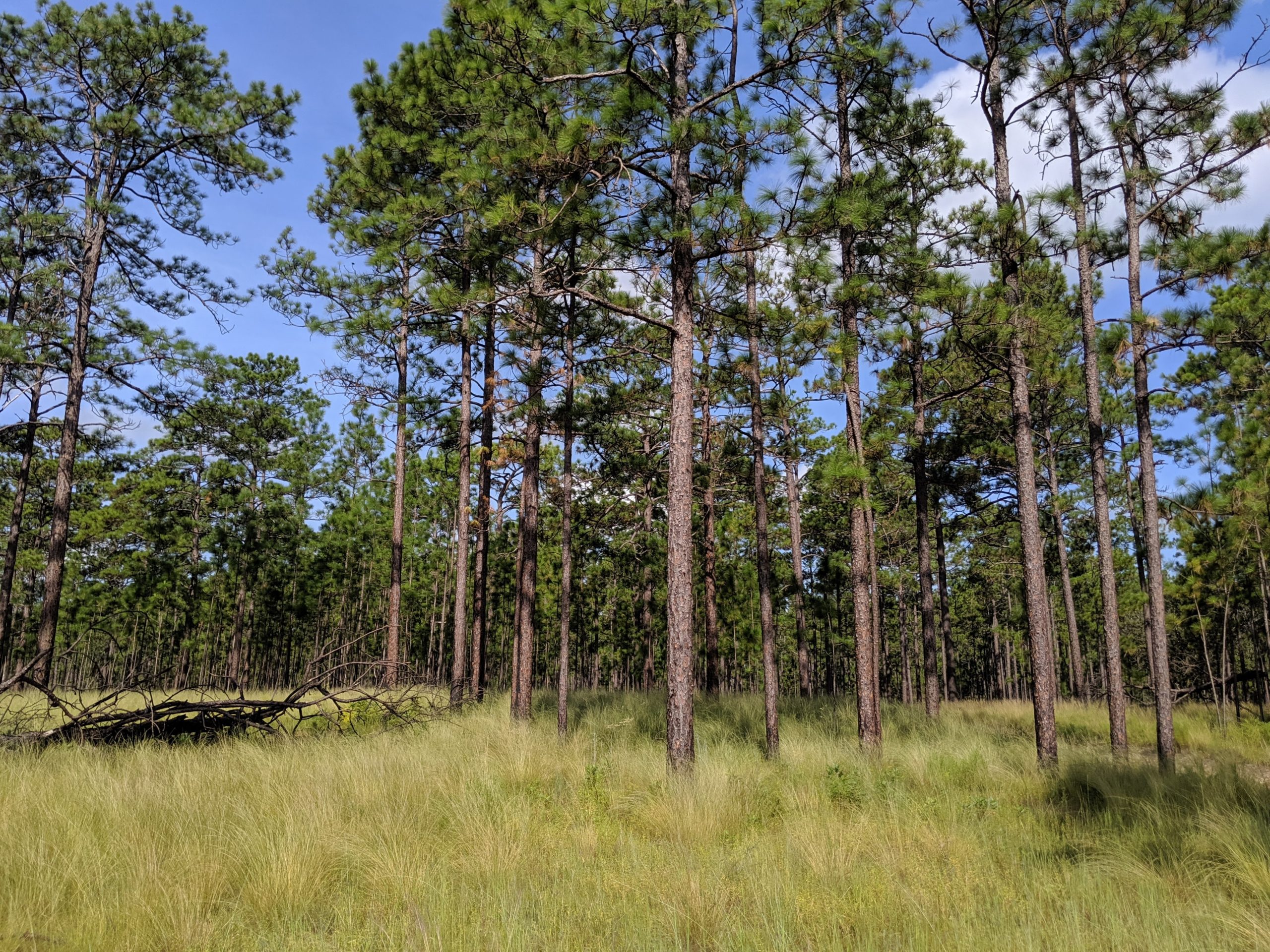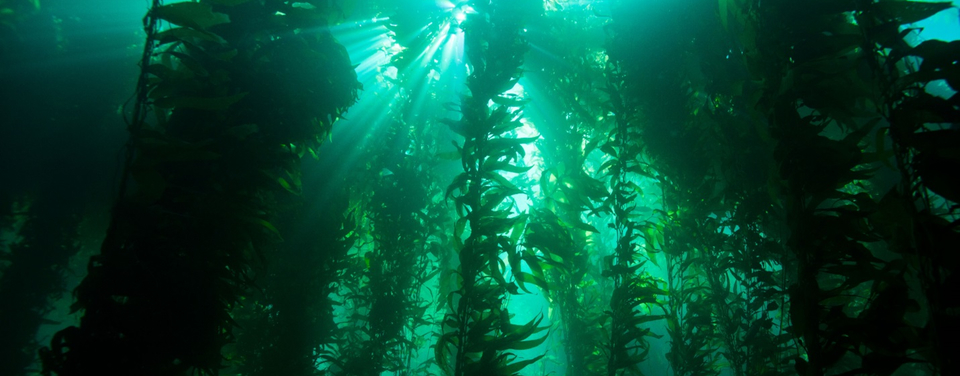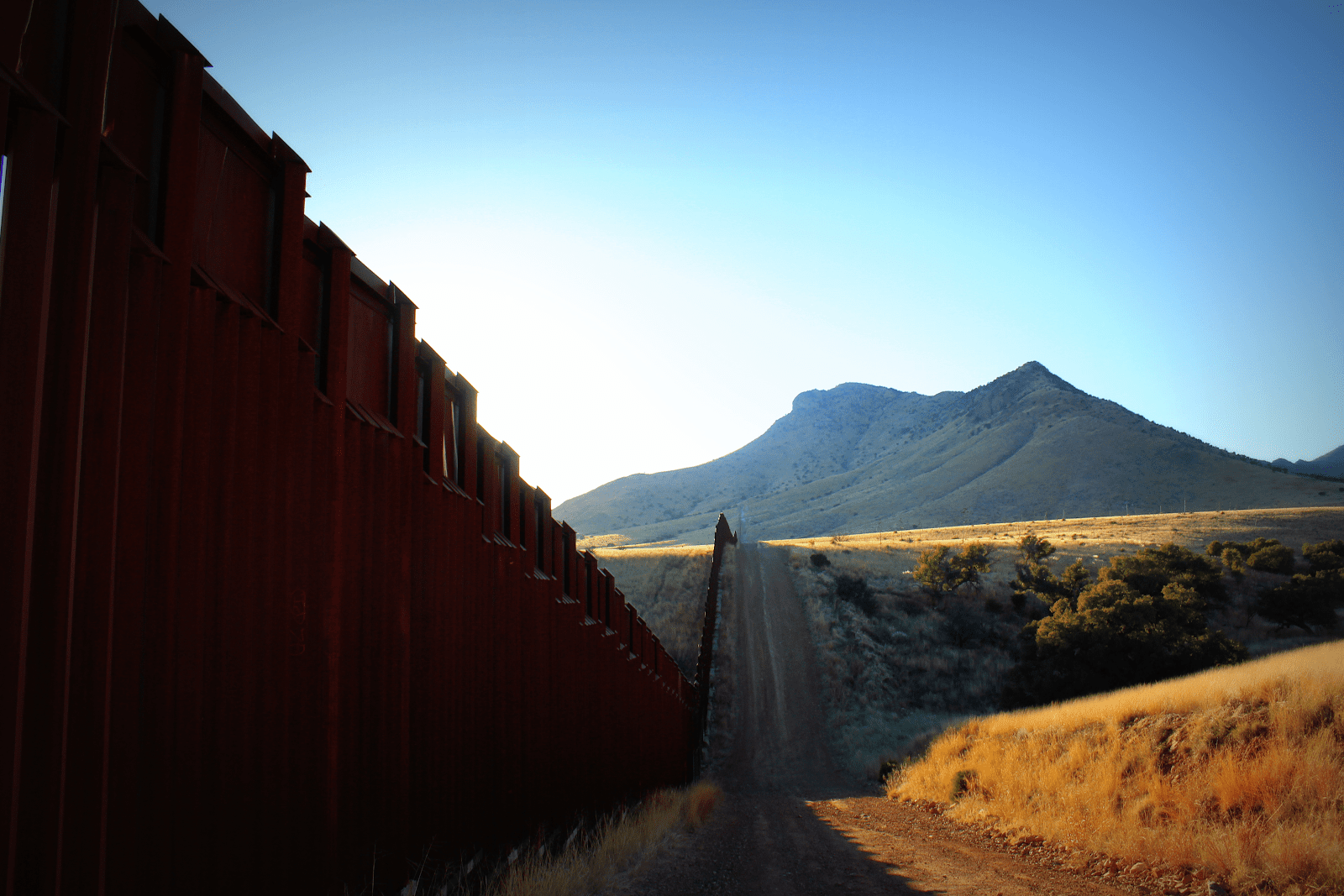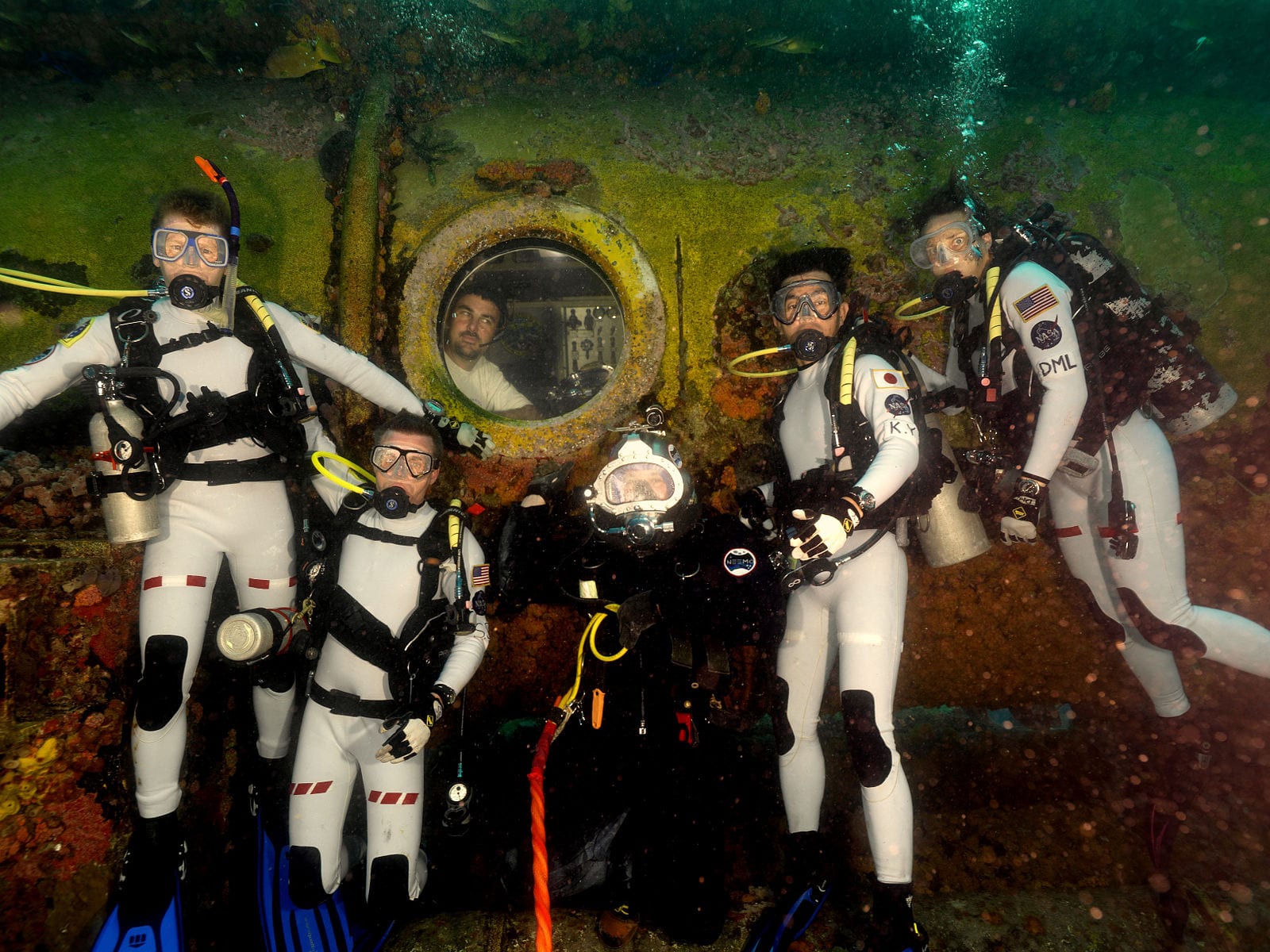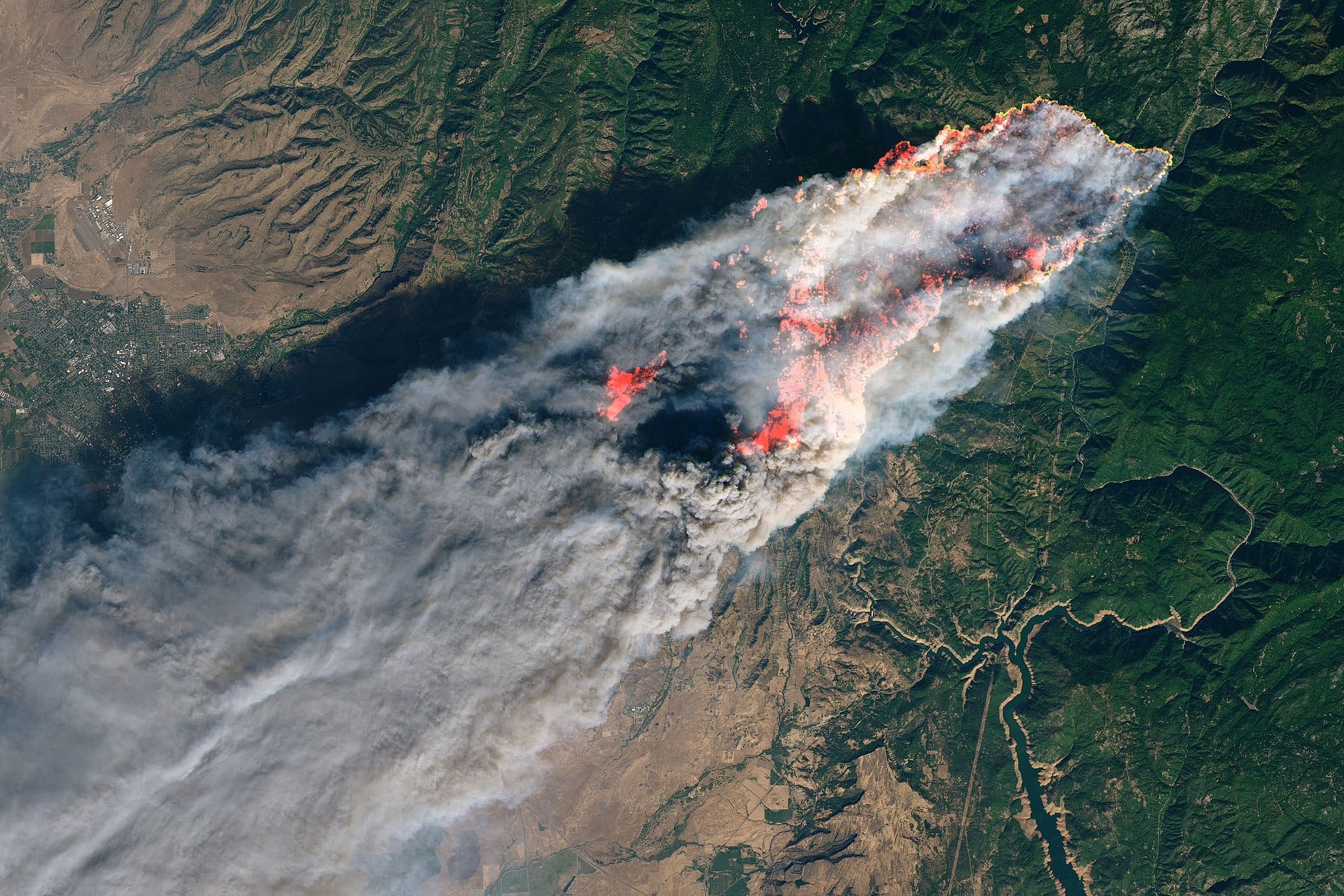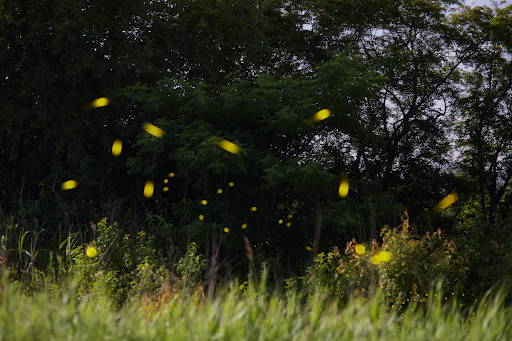
Preventing the Loss of a Natural Spectacle
There is a certain art to finding fireflies, and it comes down to understanding suitable habitats for common species in your area. As a child, you may have turned off your house lights and used a flashlight to attract fireflies, desperate to catch a glimpse of these bioluminescent creatures. These flashing beetles generate a sense

